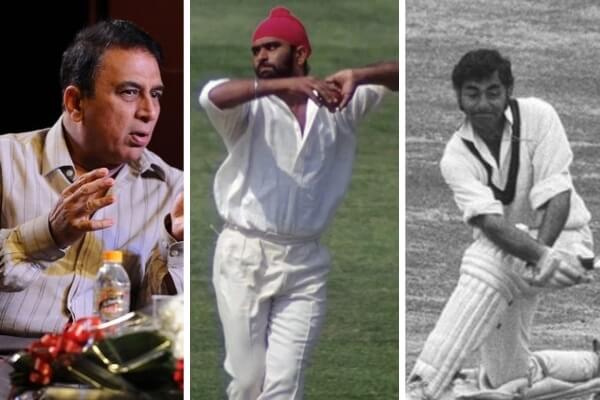The next best thing to being great, is striking friendships with greats. I count myself fortunate to be on first-name basis with some of India’s cricketing icons.
Allow me to share some fond memories from these friendships with cricket greats spanning 50 years.
The Rest of the World cricket team under Garry Sobers toured Australia in 1971-72 to replace the South African tour that was cancelled following protests from the anti-apartheid movement. The World team included three Indians; world class opening batsman Sunil Gavaskar, the acrobatic wicket-keeper Farokh Engineer, and left-arm spin wizard Bishan Bedi.
After watching them at the Sydney Cricket Ground (SCG) nets, I introduced myself and invited them to my place in Kirribilli, Sydney, for lunch. They readily agreed. I went to their hotel to pick them up and what a delight to host them in our one bed-room unit. They chatted incessantly and played with our one-year-old son. No airs about them.
The cordial interactions set in motion a series of friendships with cricket greats of India, right here in Australia.
Bedi became a big favourite with the Aussie crowds, because of his turban, left-arm spinning and his winning personality. He received cheers from the appreciative spectators for just stopping a ball as they yelled “Baidi”, “Baidi”! He even eclipsed the Sydney crowd favourite Doug Walters in popularity.
Since then, I have continued friendship with the trio, as also with EAS Prasanna, Dilip Vengsarkar and Ravi Shastri, who visited our humble home in St Ives whenever they were in Sydney.
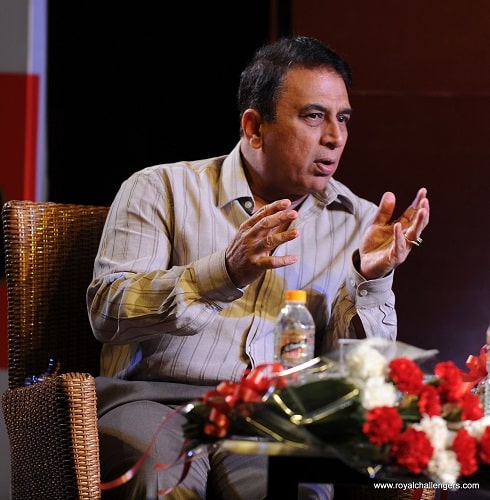
I rank ‘Sunny’ Gavaskar as one of the all-time great opening batters. We have continued corresponding to each other, first by “snail” mail and now by e-mail. He was gracious enough to write a Foreword for my book 1000 Tests published in 1984 and more recently for a new publication From Bradman to Kohli in 2018. Sunny and I had a long chat when he was made Bradman Honouree in 2010, the first non-Australian to receive this Award.
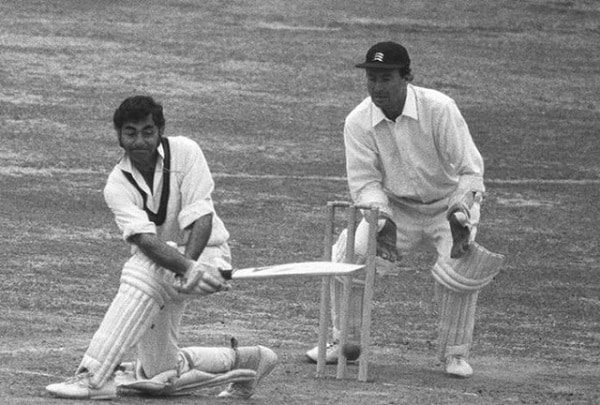
Engineer oozes friendliness now as he exuded six-appeal in his playing days. Almost a decade ago we had dinner together in Sydney as we recalled the pleasant past. When a newspaper falsely reported his “death” a few years ago, he responded tongue-in-cheek: “I am not only alive but also do not need Viagra!”
When the Indian team under Bishan Bedi visited Australia in 1977-78 I went to watch them practice at the SCG nets a day before their match against NSW. To my surprise Bedi threw the ball at me saying: “Bowl, Kersi.”

“What me, bowling to Test cricketers?” I asked in shock. “Yes, bowl, Kersi,” he repeated, a man of few words. Bowling my slow, slow off-spinners and half-volleys to Ashok Mankad and left-handed Surinder Amarnath was an experience I’ll never forget. To bowl alongside spin wizards Bishan and EAS Prasanna was an additional thrill. Just awesome!
Feeling 10 feet tall after my seven minutes of ‘glory’, I was emboldened enough to ask Prasanna as to how I had bowled. Prasanna did not know what to say – to be honest and say “awfully”, or be polite and say “ok”?
He chose diplomacy instead: “Stick to your writing,” he said.
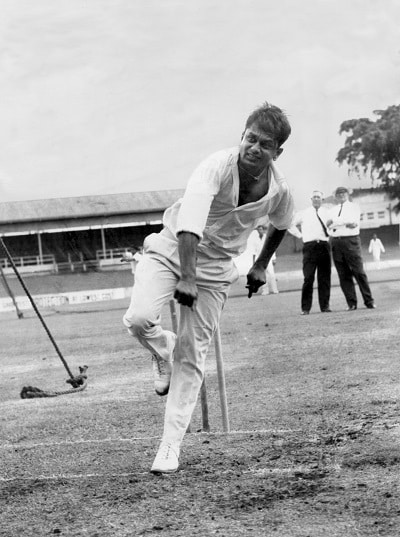
I had my revenge two months later. After the above net practice session he had given me his autobiography One More Over to read. When he asked me, prior to the Sydney Test in January 1978, how I liked his book, I replied: “Pras, stick to your off spin.”
He was not amused.
Back to my “seven minutes of glory”, as mentioned above. Polly Umrigar, the manager of the 1977-78 Indian team, was watching me bowl at Ashok Mankad and Surinder Amarnath at the nets. Polly and I had a good rapport, both of us being Parsees (a minority community in India). After my tete-a-tete with Prasanna, Polly came to the nets with an old bat in hand. And he smacked all my deliveries for tall sixes, saying with a smile, “That’s how good you are!”
And mind you, he had retired from Test cricket 15 years ago! He presented me with a cricket ball. When I visited Bombay next year he invited my wife and I to his house for dinner.
When Prasanna retired from Tests he played first-grade cricket for Balmain Cricket Club in Sydney and also worked briefly with GEC as an engineer. He honoured me by visiting me at home and bowling his off-spin to me and my sons in the backyard.
When I migrated to Sydney in the early 1970s, the two questions I was frequently asked by friends back home, were: how good is the Sydney Opera House, and how is former Indian Test cricketer Rusi Surti performing in Sheffield Shield for Queensland?
I answered that the uniquely constructed Sydney Opera House looked magnificent and Surti was doing very well, becoming the first Queenslander to take a hat-trick in Sheffield Shield. There were good reports about his all-round excellence in newspapers down under.
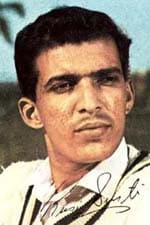
Surti was another of those enduring friendships with cricket greats. Whenever he visited Sydney with his sons Percy and Kaizad, he came over to our house. He opened up his heart telling me all about his ups and downs, mostly downs – his divorce, and encountering racism in Brisbane. He could make friends as readily as enemies.
I looked him up when I visited Brisbane for a scientific conference in virology in 2003. He was a gracious host and took me to the Gabba (Brisbane Cricket Ground) where almost everyone knew him, addressing him Aussie style as “Serti”. In some circles the left-hand all-rounder Surti was known as India’s Garry Sobers.
When Rusi Surti passed away in 2013 aged 76, it was as if I had lost someone near and dear
READ ALSO: Pras, Bish and Chandra



